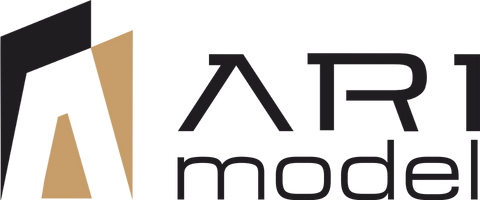Innovative Urban Planning Model Building Techniques
Introduction
With urban expansion and population growth, the need for accurate, interactive, and high-quality urban planning models has never been greater. These models serve as tangible representations of city projects, allowing architects, engineers, policymakers, and the public to conceptualize and refine urban landscapes before real-world implementation.
For over two decades, ARI Model has been a leader in urban planning model construction, seamlessly blending traditional craftsmanship with cutting-edge technology to create high-quality, scalable, and sustainable models. Whether designing transportation networks, urban layouts, or smart cities, ARI Model’s expertise ensures precision, durability, and efficiency.
The Importance of Urban Planning Models
Urban planning models are essential tools in designing and visualizing future cities. They provide:
✅ Realistic Visualization – Allows city planners and architects to see how different urban elements interact.
✅ Enhanced Stakeholder Communication – Ensures policymakers, investors, and the public clearly understand and engage with proposed projects.
✅ Sustainable Decision-Making – Helps evaluate eco-friendly solutions, such as green spaces, renewable energy, and efficient transportation systems.
At ARI Model, we bridge the gap between concept and execution, ensuring urban spaces are developed efficiently and sustainably.
Innovative Techniques Used by ARI Model
To maintain leadership in urban model construction, ARI Model employs cutting-edge techniques that enhance accuracy, flexibility, and environmental sustainability.
1. Advanced Technological Integration
-
3D Printing – Produces intricate urban model components, reducing material waste while maintaining high accuracy.
-
CNC Machining – Ensures precision-fabricated parts, allowing for seamless model assembly and longevity.
-
Augmented Reality (AR) & Virtual Reality (VR) – Provides interactive digital representations, allowing stakeholders to engage with urban models before real-world implementation.





